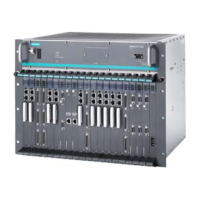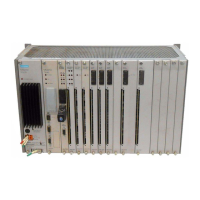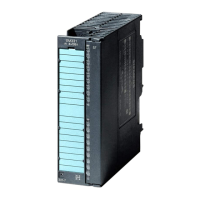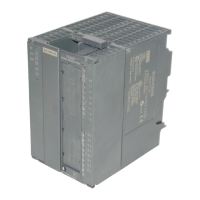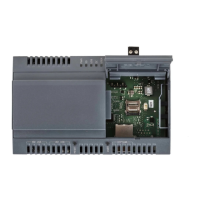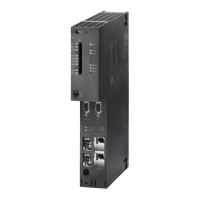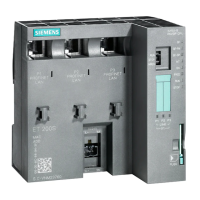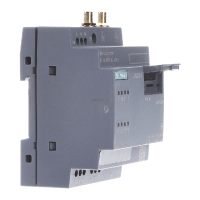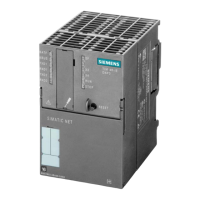Principles of analog value processing
4.7 Wiring and connecting loads/actuators to analog outputs
S7-300 Module data
Manual, 06/2017, A5E00105505-AJ
257
4.7 Wiring and connecting loads/actuators to analog outputs
Wiring and connecting loads/actuators to analog outputs
The analog output modules can be used as current or voltage source for loads and
actuators.
Cables for analog signals
Always use shielded twisted-pair cables to wire analog signals. Form two twisted pairs of the
Q
V
and S+, and M and S- signals in order to reduce interference. Connect both ends of the
analog cable shield to ground.
Any potential difference between the cable ends may cause an equipotential current on the
shield and disturbance on analog signals. Avoid this situation by grounding only one end of
the shielding.
Electrically isolated analog output modules
Electrically isolated analog output modules do not have a galvanic interconnection between
the reference point of measuring circuit M
ANA
and the CPU's M terminal.
Always use electrically isolated analog input modules if there is any risk of potential
difference V
iso
developing between the reference point of measuring circuit M
ANA
and the M
terminal of the CPU. Use an equipotential bonding conductor to interconnect the M
ANA
terminal and the M terminal of the CPU, in order to prevent V
iso
from exceeding the permitted
value.
Non-isolated analog output modules
When using on-isolated analog output modules, always interconnect the reference point
M
ANA
of the of measuring circuit with terminal M of the CPU. Wire the M
ANA
terminal to the M
terminal of the CPU. Any potential difference between M
ANA
and the M terminal of the CPU
could otherwise corrupt the analog signal.
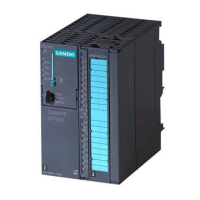
